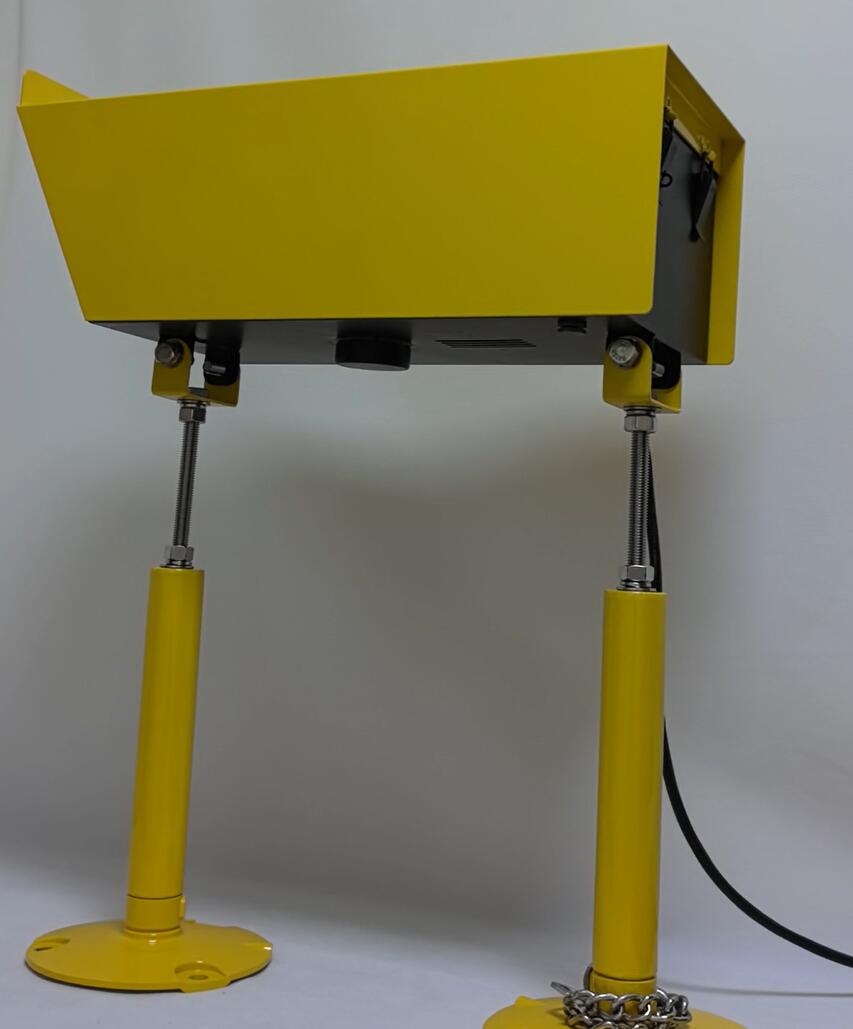
In the realm of aviation, precision and safety are of utmost importance. One crucial tool that plays a significant role in ensuring the smooth landing of helicopters is the Helicopter Approach Path Indicator (HAPI). This unassuming yet highly effective device is a silent guardian, guiding pilots through the skies and ensuring a safe descent onto their intended destinations.
The HAPI is designed to provide clear visual cues to helicopter pilots as they approach a landing area. It consists of a series of lights arranged in a specific pattern that helps pilots determine their altitude, alignment, and approach angle. These lights are strategically placed to create a visible path that pilots can follow, much like a guiding star in the night sky.

One of the key advantages of the HAPI is its ability to enhance visibility in all weather conditions. Whether it's a clear sunny day or a foggy night, the HAPI remains visible, providing pilots with the necessary information to make safe landings. This is particularly important in emergency situations where every second counts and clear guidance is essential.
178
678
78h
78ju
The installation of a HAPI requires careful planning and consideration. It must be placed in a location that is visible from a distance and free from obstructions. The alignment and calibration of the HAPI are also critical to ensure accurate guidance for pilots. Professional engineers and technicians use advanced technology and precise measurements to install and maintain these indicators, ensuring that they are always in optimal working condition.
In addition to its practical applications, the HAPI also has a significant impact on the overall efficiency of helicopter operations. By providing clear and consistent guidance, it reduces the time and effort required for pilots to locate and approach landing areas. This not only saves fuel and reduces operating costs but also increases the availability of helicopters for critical missions such as medical evacuations, search and rescue operations, and law enforcement activities.
Moreover, the HAPI is an essential component of modern aviation safety systems. It works in conjunction with other navigation and communication tools to provide pilots with a comprehensive view of their surroundings and help them make informed decisions. In the event of a malfunction or failure of other systems, the HAPI can serve as a backup source of guidance, ensuring that pilots can still safely land their helicopters.
As technology continues to advance, the capabilities of the HAPI are also evolving. Newer models are being developed with enhanced features such as increased visibility, improved durability, and advanced communication capabilities. These advancements are expected to further enhance the safety and efficiency of helicopter operations in the years to come.
In conclusion, the Helicopter Approach Path Indicator is a vital tool in the world of aviation. Its role in ensuring safe landings and efficient operations cannot be overstated. As we look to the future, we can expect the HAPI to continue to play a crucial role in the development of aviation technology and the safety of our skies. Whether it's a routine flight or a life-saving mission, the HAPI will always be there, guiding pilots home.